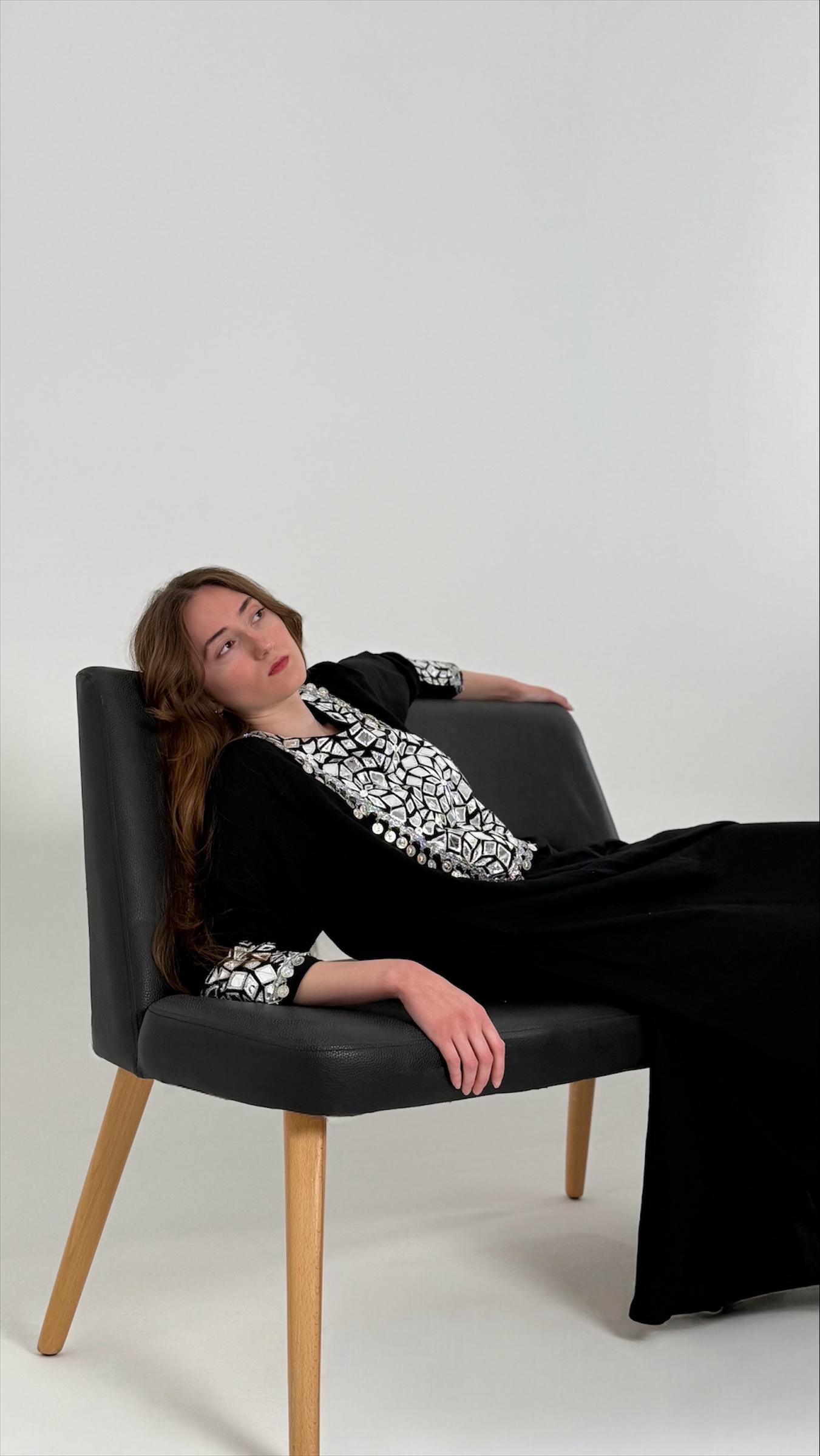Fashion in the Middle East is more than an industry—it is a powerful reflection of identity, heritage, and societal values. Rooted in centuries-old traditions and shaped by Islamic culture, the fashion landscape of the region is undergoing a fascinating evolution. From conservative garments rich in symbolism to contemporary high fashion blending modesty with innovation, Middle Eastern fashion is asserting its presence on the global stage. This essay explores the culture of fashion in the Middle East, its historical foundations, modern transformations, and the role of fashion as a cultural and economic force.
1. Traditional Foundations and Cultural Identity
At the heart of Middle Eastern fashion lies a deep connection to tradition, religion, and cultural pride. Traditional garments such as the abaya, thobe, kaftan, dishdasha, and hijab are not merely articles of clothing—they serve as expressions of identity, modesty, and social customs.
In many Gulf countries, for example, the black abaya is worn by women as a symbol of modesty, often paired with the hijab or niqab. For men, the long white dishdasha or kandura is a national symbol of cultural heritage. These garments often vary in style, fabric, and embellishment depending on the country, region, or occasion, illustrating the diversity within Middle Eastern culture itself.
Moreover, fashion in the Middle East has always been influenced by climate, religious values, and tribal traditions. Loose, flowing garments made from lightweight fabrics are both practical and culturally appropriate, reflecting a balance between function and faith.
2. Modest Fashion and Modern Expression
In recent decades, the Middle East has seen a rise in modest fashion—a global trend largely driven by Muslim consumers seeking clothing that aligns with their faith while reflecting contemporary style. Middle Eastern designers have been at the forefront of this movement, offering elegant designs that blend modesty with luxury.
Fashion entrepreneurs and influencers from cities like Dubai, Riyadh, Amman, and Cairo have created a space where tradition and innovation coexist. Social media platforms such as Instagram and TikTok have amplified the voices of modest fashion bloggers, allowing them to shape global perceptions of Middle Eastern style.
Designers like Elie Saab (Lebanon), Reem Acra (Lebanon), Huda Al Nuaimi (UAE), and Yousef Aljasmi (Kuwait) have gained international recognition for their ability to marry tradition with couture-level design. Meanwhile, local brands are empowering young designers to explore identity, feminism, and cultural pride through fashion.
3. The Rise of Fashion Capitals in the Region
The Middle East is fast becoming a prominent player in the global fashion scene. Cities like Dubai, Beirut, and Doha have emerged as regional fashion capitals, hosting international fashion weeks, pop-up events, and luxury brand expansions. The Dubai Design District (d3) and events such as Arab Fashion Week and Fashion Forward have positioned the region as a hub of creativity and innovation.
Governments and private sectors are also investing heavily in the creative economy. Fashion is increasingly recognized as a tool for economic diversification, youth empowerment, and cultural diplomacy. Saudi Arabia, for instance, has launched initiatives like Fashion Commission under the Ministry of Culture, supporting designers and building infrastructure for a thriving fashion ecosystem.
4. Women’s Empowerment Through Fashion
In the Middle East, fashion has become a significant medium for women’s empowerment. As societal roles continue to shift and evolve, fashion offers women a voice to express their beliefs, ambitions, and identities.
Many female designers and entrepreneurs are using fashion to challenge stereotypes and reframe narratives about Arab and Muslim women. They are building successful brands, launching international careers, and creating job opportunities in design, retail, and media. These efforts reflect a broader movement where fashion intersects with education, entrepreneurship, and social change.
Initiatives like Nancy Najib Ammar’s “Color Your Life” in Jordan—which teaches sewing and textile art to women to help them generate income—highlight how fashion can also serve grassroots empowerment and community development.
5. Fashion as Cultural Diplomacy and Soft Power
Middle Eastern fashion is also playing an important role in cultural diplomacy. Through fashion, the region is reshaping global narratives and countering stereotypes. Arab designers showcasing on international runways not only promote their talent but also share stories of heritage, resilience, and creativity.
The blending of Western trends with traditional Middle Eastern aesthetics creates a cross-cultural dialogue. This synthesis allows for deeper understanding between cultures and demonstrates how fashion can act as a form of soft power—telling stories that words often cannot.
The culture of fashion in the Middle East is a dynamic tapestry woven from tradition, modernity, identity, and empowerment. It is rooted in history yet open to innovation, modest yet expressive, regional yet increasingly global. As Middle Eastern designers, entrepreneurs, and influencers continue to shape and define the fashion landscape, the world is beginning to understand that this region is not only a source of cultural richness—but a powerful force in shaping the future of global fashion.

